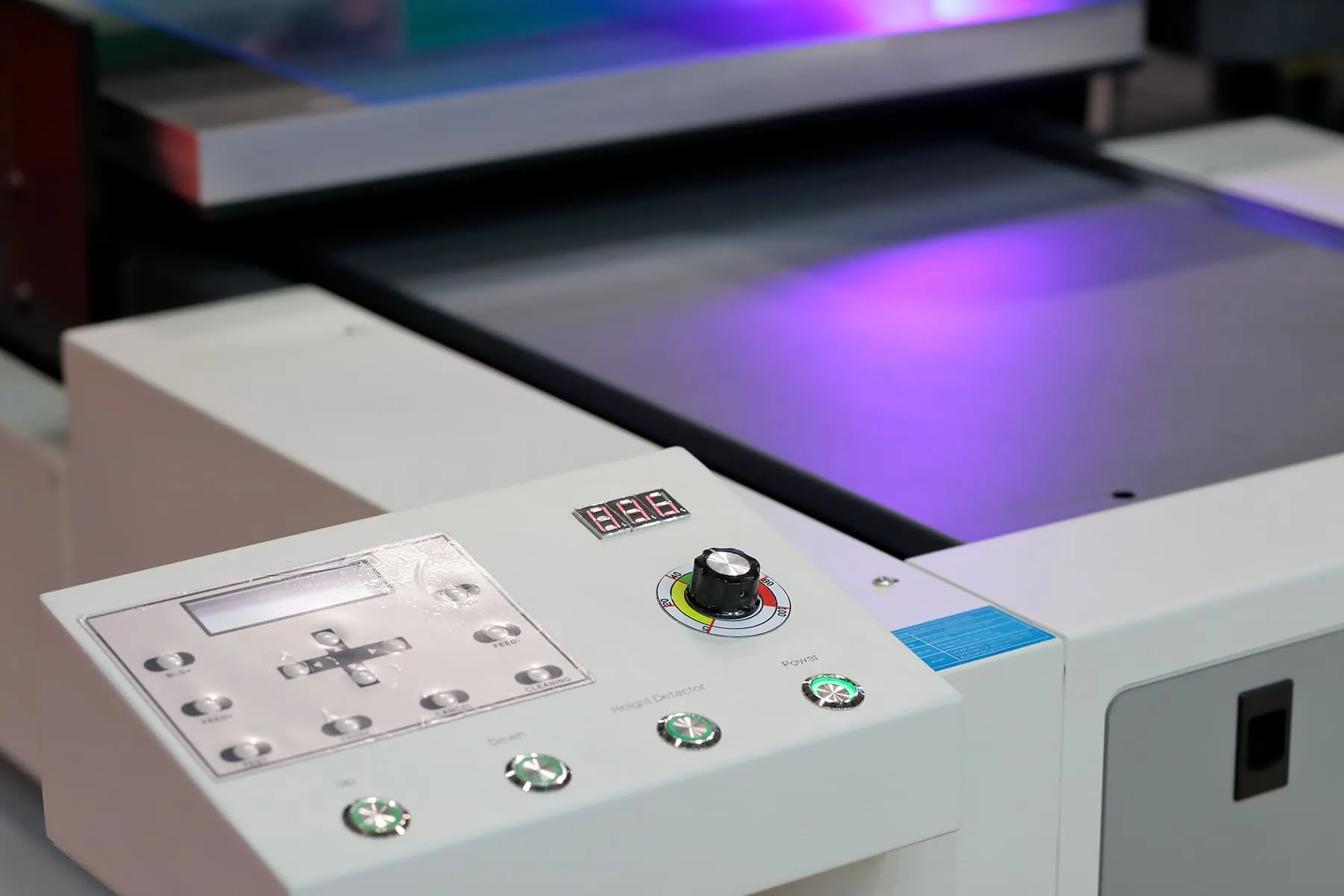For businesses, growth is an exciting yet complex goal. It’s rarely a straight path and often includes challenges, setbacks, and unexpected opportunities. This non-linear nature of growth makes flexibility essential for organisations aiming for long-term success. Flexibility allows businesses to adapt, innovate, and thrive in an ever-changing landscape.
Growth is Rarely Predictable
Business growth is influenced by various factors, including market trends, customer preferences, technological advancements, and competitive pressures. Even the most carefully crafted plans can be disrupted by external events or shifts in the industry. Recognising this unpredictability is key to building a business that can withstand change.
The Importance of a Flexible Mindset
A flexible mindset is the foundation of any adaptable organisation. It’s not just about being open to change but actively seeking ways to improve and innovate, even in challenging circumstances.
Key traits of a flexible mindset include:
- Adaptability: Being prepared to change course when needed, whether due to new information or shifting circumstances.
- Resilience: Treating setbacks as opportunities to learn and grow, rather than as insurmountable obstacles.
- Innovation: Embracing creative solutions to navigate challenges or capitalise on opportunities.
- Patience: Understanding that meaningful growth takes time and persistence.
By fostering these traits within a team, businesses can better navigate the ups and downs of growth.
Strategies for Building Flexibility
Flexibility doesn’t happen by accident. It requires intentional strategies and systems that allow businesses to adapt while staying focused on their goals.
1. Set Short-Term Goals within a Long-Term Vision
While having a long-term vision is essential, it’s equally important to set dynamic, short-term goals that can be adjusted as needed. Breaking larger objectives into smaller, manageable milestones enables businesses to respond more effectively to changes in the environment.
For example, instead of setting a rigid five-year revenue target, focus on quarterly or annual goals that align with current market conditions. This approach ensures the business remains agile while working towards its larger vision.
2. Cultivate a Culture of Experimentation
Innovation thrives in a workplace where employees feel safe to test new ideas without fear of failure. Encouraging experimentation can lead to breakthrough solutions and uncover unexpected opportunities.
Practical ways to foster this culture include:
- Introducing “pilot programs” to test new strategies on a small scale.
- Rewarding innovative thinking, even if an idea doesn’t succeed.
- Encouraging cross-department collaboration to generate diverse perspectives.
By embracing experimentation, businesses can stay ahead of the curve and adapt to change more effectively.
3. Prioritise Agility and Preparedness
An agile organisation is one that can pivot quickly when faced with change. Building agility into your business processes can provide a significant competitive advantage.
Strategies to improve agility include:
- Cross-Training Employees: Equip staff with diverse skills to step into different roles when needed.
- Investing in Technology: Use tools that enhance remote work, automate repetitive tasks, and provide real-time data insights.
- Flexible Budgeting: Allocate funds to respond to new opportunities or challenges without straining other resources.
Agility isn’t just about reacting to change—it’s about proactively positioning your business to thrive in a dynamic environment.
Staying Focused on Customers
Customers are at the heart of any business. Keeping their needs and preferences at the forefront can guide decision-making during uncertain times. Flexibility doesn’t mean chasing every trend; it means adapting to serve your customers better.
1. Gather Regular Feedback
Listening to your customers provides invaluable insights. Use surveys, focus groups, or online reviews to understand their evolving needs. This information can help refine your products, services, or customer experience.
2. Iterate on Customer Experiences
Continuous improvement is key. Identify pain points in the customer journey and address them to enhance satisfaction and loyalty. A seamless, personalised experience can set your business apart from competitors.
By maintaining a customer-centric focus, businesses can create solutions that resonate and drive growth, even in challenging conditions.
Balancing Stability and Growth
Growth and stability may seem at odds, but successful businesses find a way to balance both. It’s tempting to chase every new opportunity, but overextension can harm long-term success. Instead, businesses should strengthen their core operations while selectively pursuing new ventures.
1. Strengthen Core Offerings
A strong foundation allows businesses to weather market fluctuations. Focus on refining your core products or services, ensuring they deliver consistent value.
2. Assess New Opportunities
Evaluate potential growth opportunities against your business’s strengths and long-term goals. Only invest resources in initiatives that align with your strategic vision.
Continuously Measure and Adapt
Flexibility requires constant evaluation. Regularly reviewing performance and adapting strategies ensures your business stays on track, even as conditions change.
Key metrics to monitor include:
- Customer Retention Rates: A high retention rate indicates strong customer loyalty.
- Operational Efficiency: Track productivity and resource utilisation to identify areas for improvement.
- Market Trends: Stay informed about industry developments to anticipate changes.
Use these insights to refine your approach, ensuring that your growth strategy remains relevant and effective.
Embracing the Journey of Growth
Growth is rarely a smooth, upward climb. It’s a journey filled with unexpected twists, turns, and learning opportunities. By adopting a flexible mindset and implementing strategies that prioritise adaptability, businesses can turn challenges into stepping stones for success.
In today’s fast-paced world, flexibility is no longer optional—it’s essential. Organisations that embrace change, foster innovation, and focus on their customers are better positioned to thrive. By preparing for the inevitable ups and downs of growth, businesses can achieve sustainable success and build a legacy of resilience and adaptability.













